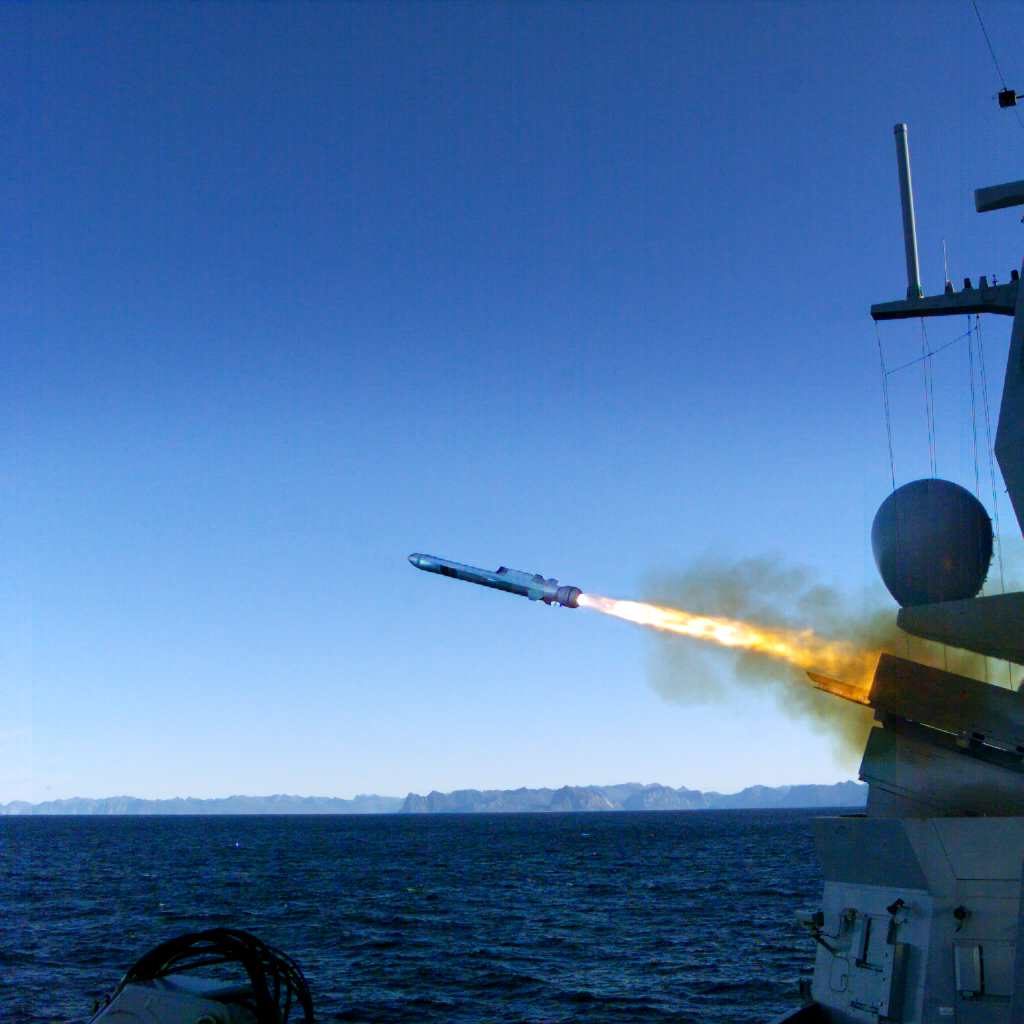As we discuss in our ongoing 3D Printing Drone Swarms series, additive manufacturing (AM) will play an increasing role in the production of all manner of semi-sentient robots. This has been demonstrated by unmanned aerial vehicles (UAVs), which are now being made in part with 3D printing for lightweight, custom designs. For this reason, we expect AM to be used for other drone-style bots as well, often for military purposes. We are also not advocating for the use of 3D printing for the manufacturing of weapons or military equipment, but are highlighting this as a likely inevitability.
In 3D printing we don’t really like to discuss missiles. Sure, our technology powers all of the commercial space companies and we’re proud of that. However, we get a little uncomfortable when we discuss the significant investments that Northrop, Raytheon, and Lockheed have made in 3D printing.
Additive manufacturing (AM) is used extensively in intercontinental ballistic missiles (ICBMs) and on new weapons platforms. Large-scale composites 3D printing platforms will be used to make boat hulls, submarine hulls, wings for unmanned aerial systems (UASs) and bodies for land vehicles. Obviously, they also will be used to make parts for missiles. With magnetic materials and batteries being 3D printed, as well, there is much more room for AM to find its way on board the next generation of military equipment.

We should realize and own up to this. Let’s not be disingenuous anymore. We will and are being used extensively by militaries around the world. We have a strategic role to play in the production of next generation drones in the sea, on land, and in the air. However, a body for a loitering drone, a submersible sensor platform, or a sea-based sail drone are all remarkably similar to the sleek forms of missiles, too.

The new Kongsberg Naval Strike Missile (NSM) is one of the most important recent additions to the U.S. arsenal. Originally a Norwegian missile, this weapon is subsonic but smart and able to intelligently avoid being targeted. It’s capable of last-second, high-G evasive maneuvers, as well as sea skimming. The NSM is an over-the-horizon ship missile that is now also being used on ground vehicles by the U.S. Marines.
The Marines’ NEMESIS system could be a real force-multiplier for Marine units, giving them anti ship capability in the form of an RC and, perhaps, autonomous rover equipped with two missiles. Compact and able to be airlifted or transported by various landing vehicles, the NEMESIS can allow a small unit to take out a large ship. This could protect landing marines and change the balance in amphibious landings, much like how modern MANPADS systems have become lethal to many tanks.

Images Marine Corps.
A low-riding truck-like vehicle can now take out a ship, but the NSM can also attack land targets. This provides a lightly armored unit access to forward-deployed cruise missiles. At the point of landing or in the initial days of a beach head, a commander on the ground could have cruise missile capability. And they could launch cruise missiles at targets over 185 kilometers away. The Polish, U.S. and German navies have bought these missiles, which have an autonomous target recognition and engagement mode. At $2 million a pop, they’re not easy, but they can redefine the battle field.
What’s more, the missile is made of composites, aiding it in avoiding radar detection. On board, it doesn’t use radar, making it even harder to detect. Unique shapes that minimize radar signatures also help. There would be decided advantages to 3D printing these types of missiles in the future, or at least printing the outer shell. With AM, we could also optimize weight and perhaps save costs.
With 3D printing already extensively used in UAS platforms and investments by missile firms in 3D printing accelerating, we can see missiles being a new frontier for us. There are a lot of synergies to be had to print the next generation of missiles, drones, submersibles, and sailing robots, all with the same technologies and materials. A lot of these bodies also have similar requirements. All want to be lightweight, reduce radar signatures, and have a low profile in any way possible, while reducing noise and RF signals. There would be economies of scale in developing unique materials for military applications across services and platforms, as well. One could develop unique composites for hundreds or thousands of different vehicles.
A lot of us are very uncomfortable about the use of 3D printing for military purposes. It is inevitable, however, and we should realize now that this will be the case. We should think about what this means for us and what our response is to this happening now.
Subscribe to Our Email Newsletter
Stay up-to-date on all the latest news from the 3D printing industry and receive information and offers from third party vendors.
Print Services
Upload your 3D Models and get them printed quickly and efficiently.
You May Also Like
U.S. Navy Lab Uses 3D Printing to Reduce Tooling Lead Time By Over 90%
The F-35 Lightning II Joint Program Office (JPO), responsible for life-cycle management of the key fifth-generation joint strike fighter (JSF) system used by the U.S., its allies, and its partners,...
Etsy Design Rule Change Reduces Selection of 3D Printed Goods
Online marketplace Etsy has implemented a rule change requiring all 3D printed goods on the site to be original designs. The update to the site’s Creativity Standards states, ¨Items produced using...
Honeywell Qualifies 6K Additive’s Nickel 718 for 3D Printed Aerospace & Defense Parts
6K Additive is renowned for manufacturing sustainable additive manufacturing (AM) powder, and offers a wide portfolio of premium metal and alloy powders that include titanium, copper, stainless steel, and nickel,...
MetalWorm Sells WAAM Systems to Research Institutes in Brazil and Malaysia
Turkish WAAM firm MetalWorm has sold a system in Malaysia and another in Brazil. This is an excellent example of a few emerging trends in additive. Firstly, WAAM was experimented...

































